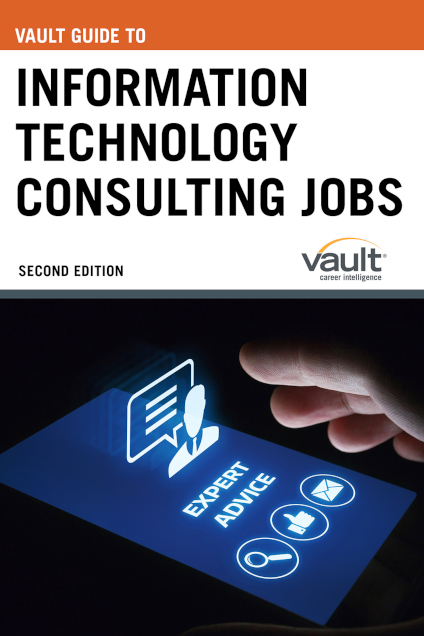Engineering and technology industries often intersect and are at the forefront of innovation, constantly pushing the boundaries of what is possible.
Both of these industries are critical to economic growth and job creation They require highly skilled workers with a strong interest and understanding of science, technology, engineering, and mathematics (STEM) subjects. These industries will continue to be essential drivers of progress and innovation as society expands their knowledge and finds creative ways to utilize the resources around us.
-
Engineering Industries
Engineering compasses a wide range of fields, including civil, mechanical, electrical, chemical, and aerospace engineering, among others. Engineers use science, mathematics, and creative thinking to design, develop, and improve products, systems, and processes.
Examples of job functions include:
1. Drafting, Laying Out, and Specifying Technical Devices, Parts, and Equipment – Providing documentation, detailed instructions, or visuals to tell others about how devices, parts, or structures are to be fabricated, assembled, modified, maintained, or used.
2.Monitoring Processes, Materials, or Surroundings — Monitoring and reviewing information from materials, events, or the environment, to detect or assess problems.
3. Developing Objectives and Strategies — Establishing long-range objectives and specifying the strategies and actions to achieve them.
4. Evaluating Information to Determine Compliance with Standards — Using relevant information and individual judgment to determine whether events or processes comply with laws, regulations, or standards. -
Technology IndustriesTechnology industries are constantly evolving and creating pathways for innovative methods to connect with one another. Some new developments in technology are prominent in cloud software, artificial intelligence, robotics, virtual and augmented reality, and digital interface designs.
Examples of job functions include:
1. Develop specifications or procedures for website development or maintenance
2. Conduct research to gain information about products or processes in addition to diagrams or flow charts of system operation.
3. Evaluate utility of software or hardware technologies and suggest modifications to improve performance.
4. Design, build, or maintain Web sites by using authoring or scripting languages, content creation tools, management tools, and digital media.
Check out the 2023-2024 Infographics for Engineering & Technology Industries here!





















